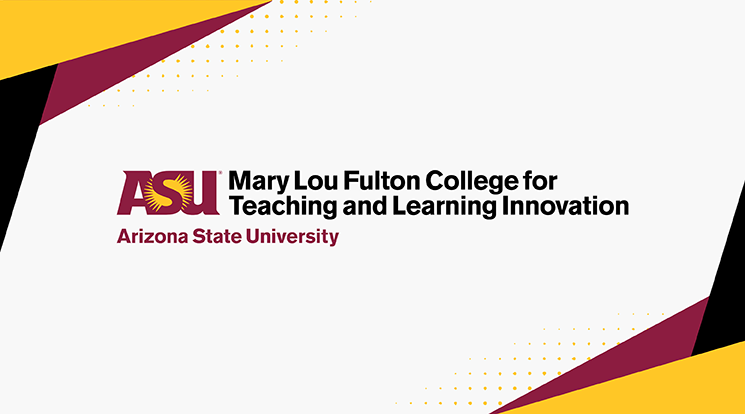How can argumentation help resolve contentious issues?

Education has been a hot-button issue recently. Many people engaged in public dialogue, attended walk-ins and organized protests in efforts to effect change throughout the nation.
Situations such as these lead one to wonder: What is the most constructive way to engage in such dialogue? How do we equip our children with argumentation skills to effectively create social change?
Argumentation is the interdisciplinary study of how conclusions, regarding differing positions, can be reached through logical reasoning. It’s how people protect their beliefs or self-interests in rational dialogue, everyday conversation and while arguing. For example, when a person is advocating for something they believe in or is involved with a political movement, they are using argumentation.
Voices carry
Recent events have demonstrated young people’s willingness to make their voices heard on issues like school safety, climate change and a host of other contested issues. Such passion and outspokenness often take the form of argumentation. Bringing argumentation back to the classroom could further support young people to be agents of change in their schools and beyond, says Kate Anderson, associate professor in the division of educational leadership and innovation at Mary Lou Fulton Teachers College.
Students from Marjory Stoneman Douglas High School in Florida protested after a school shooting left 17 of their classmates dead on February 14, 2018. They used argumentation for gun control. Bryan Henderson, assistant professor of learning sciences at Mary Lou Fulton Teachers College, says he was incredibly moved by those students. “My hope is that the kids in Florida, much like the #MeToo movement, can inspire other people to stop being complacent with the status quo. You don’t have to give up on your convictions. If something isn’t right, it is very much OK to stand up and assert that it’s not right.”
With the media coverage of such events, it’s nearly impossible to shield children — and that’s OK, Henderson says. Bringing kids to walk-ins or protests can be, “A good move if it’s framed in the right way,” he says. Henderson says that when kids are exposed to the right kind of argumentation they understand that they have a voice.
Argumentation in the classroom
With increasing attention given to the role of nonfiction texts in classrooms in recent years, the place for exploring the role of constructing verbal arguments based on personal beliefs has notably diminished, Anderson says.
“Educational researchers have long touted the benefits of argumentation for science and math learning, as well as for writing and composition — but little attention has been paid to the role of learning verbal argumentation for the sake of taking advocacy stances,” she says.
Anderson says the nature of spoken versus written language is quite different — the way we learn to speak as opposed to write differs considerably. We naturally acquire the ability to speak a language merely by exposure to people speaking the language around us, in our early years. “Writing, however, is a convention that must be taught and learned through focused efforts. It’s not a naturally occurring human function, like speech,” she says.
Limiting the role of learning argumentation in schools to math and science learning or writing of essays ignores the important rhetorical work of negotiating back-and-forth reasoning in real time, as well as taking a stance on issues about which students develop their own personal position. So if we reintroduce the rhetorical art of spoken argument in schools, we might better support students with habits of mind and practice in verbal artistry that can help them more effectively change minds, find solutions and dialogue across lines, says Anderson.
An honest pursuit of the truth
When we're safely protected by echo chambers for our own ideas, public discourse becomes "your truth" versus "my truth" or "these facts" versus
"alternative facts," as opposed to a more honest pursuit of knowledge and understanding. Sticking with people and information sources that only reaffirm our worldview creates a mindset prone to accept information without questioning the source of the information or if there might be other ways to make sense of the situation, Henderson says. “Kids should be empowered enough to make up their own mind instead of just saying, ‘That’s what I was told’ or 'That's just the way things are.'”
Henderson encourages kids to ask questions, be inquisitive and challenge ideas that are presented as uncontested. If they arrive at an answer themselves after carefully considering multiple alternatives, he says, they learn with deeper understanding.
Henderson emphasizes that in order to effect change, it’s important to challenge the popular notion that arguments with others are to be avoided. “Arguments don't have to be 'wars' with 'winners' and 'losers.'
Rather, if we're willing to deal with the temporary discomfort of sharing ideas that may not perfectly align with our own worldviews, it opens the door to the possibility of synthesizing our perspectives to co-create ideas that are more powerful than anything we could arrive at when thinking alone. It doesn’t have to be me versus you, but if we put our ideas together, it will be greater than anything we do alone.”
Perhaps we can implement this strategy as we continue the journey of teaching our children how to engage in argumentation respectfully and constructively.